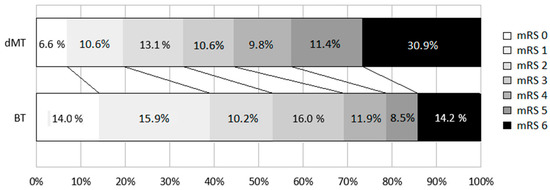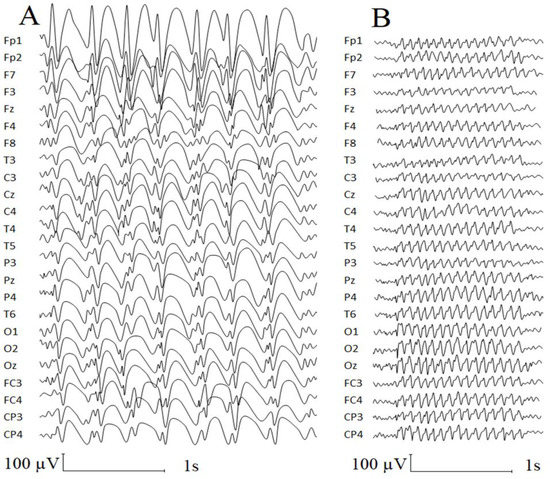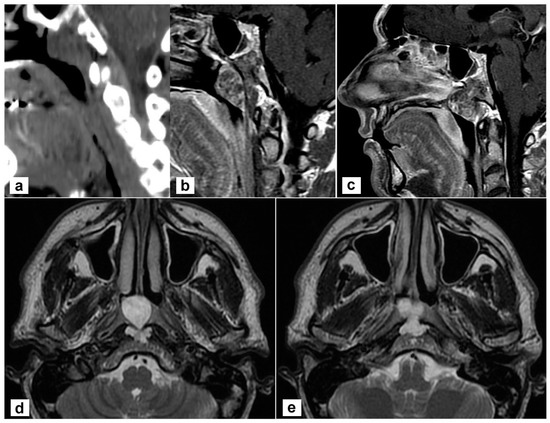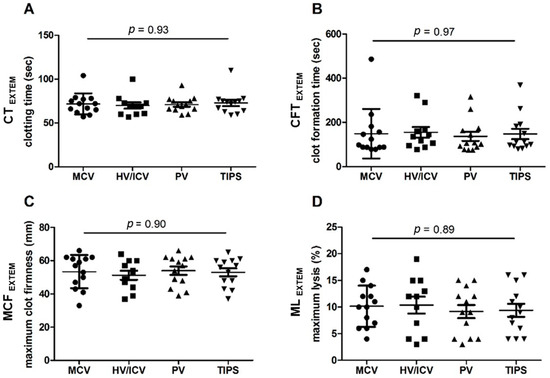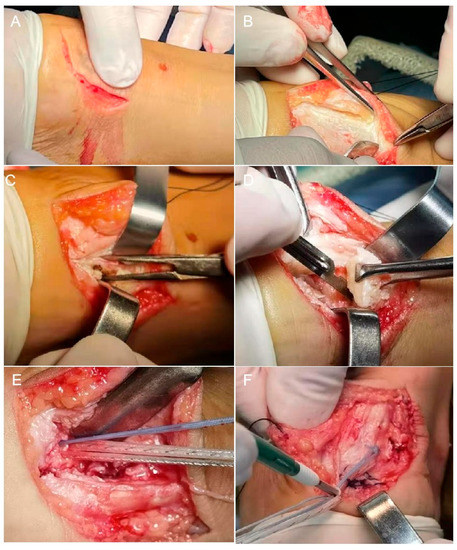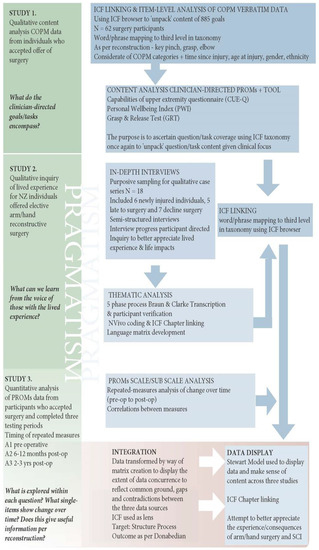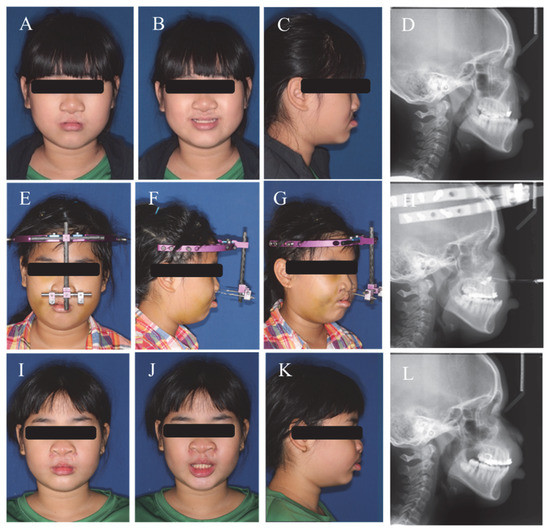J. Pers. Med. 2023, 13(3), 442; https://doi.org/10.3390/jpm13030442 - 28 Feb 2023
Cited by 1 | Viewed by 1759
Abstract
Congenital aniridia is a rare autosomal dominant congenital ocular disorder. Genetic studies suggest that heterozygous mutations in the developmental regulator PAX6 gene or the related regulatory regions leading to haploinsufficiency are the main cause of congenital aniridia. In this study, the clinical characteristics
[...] Read more.
Congenital aniridia is a rare autosomal dominant congenital ocular disorder. Genetic studies suggest that heterozygous mutations in the developmental regulator PAX6 gene or the related regulatory regions leading to haploinsufficiency are the main cause of congenital aniridia. In this study, the clinical characteristics and pathogenic mutation of a four-generation Chinese family with congenital aniridia were investigated. All members recruited in this study underwent comprehensive ophthalmic examinations. Targeted gene capture sequencing and Sanger sequencing were performed to screen and confirm the candidate pathogenicity gene and its mutation. A multiple alignment of homologous sequences covering the identified mutation from different species was investigated, and the mutant protein structure was predicted using Swiss-Model. Additionally, the prediction of pathogenicity was analyzed using the ACMG Guidelines. Thirteen patients in this pedigree were diagnosed with congenital aniridia. A novel heterozygous frameshift mutation (c.391_398dupATACCAAG, p.Ser133Argfs*8) in exon 7 of the PAX6 gene was identified in all affected individuals in the family. This study demonstrates that this frameshift mutation of the PAX6 gene might be the causative genetic defect of congenital aniridia in this family. This mutation is predicted to cause the premature truncation of the PAX6 protein, leading to the functional haploinsufficiency of PAX6, which may be the major molecular mechanism underlying the aniridia phenotype. To the best of our knowledge, this is the first report of a novel pathogenic PAX6 gene variant c.391_398dupATACCAAG(p.Ser133Argfs*8) identified in a Chinese family with congenital aniridia.
Full article
(This article belongs to the Special Issue Personalized Medicine in Ophthalmic Diseases: Challenges and Opportunities)
►
Show Figures

